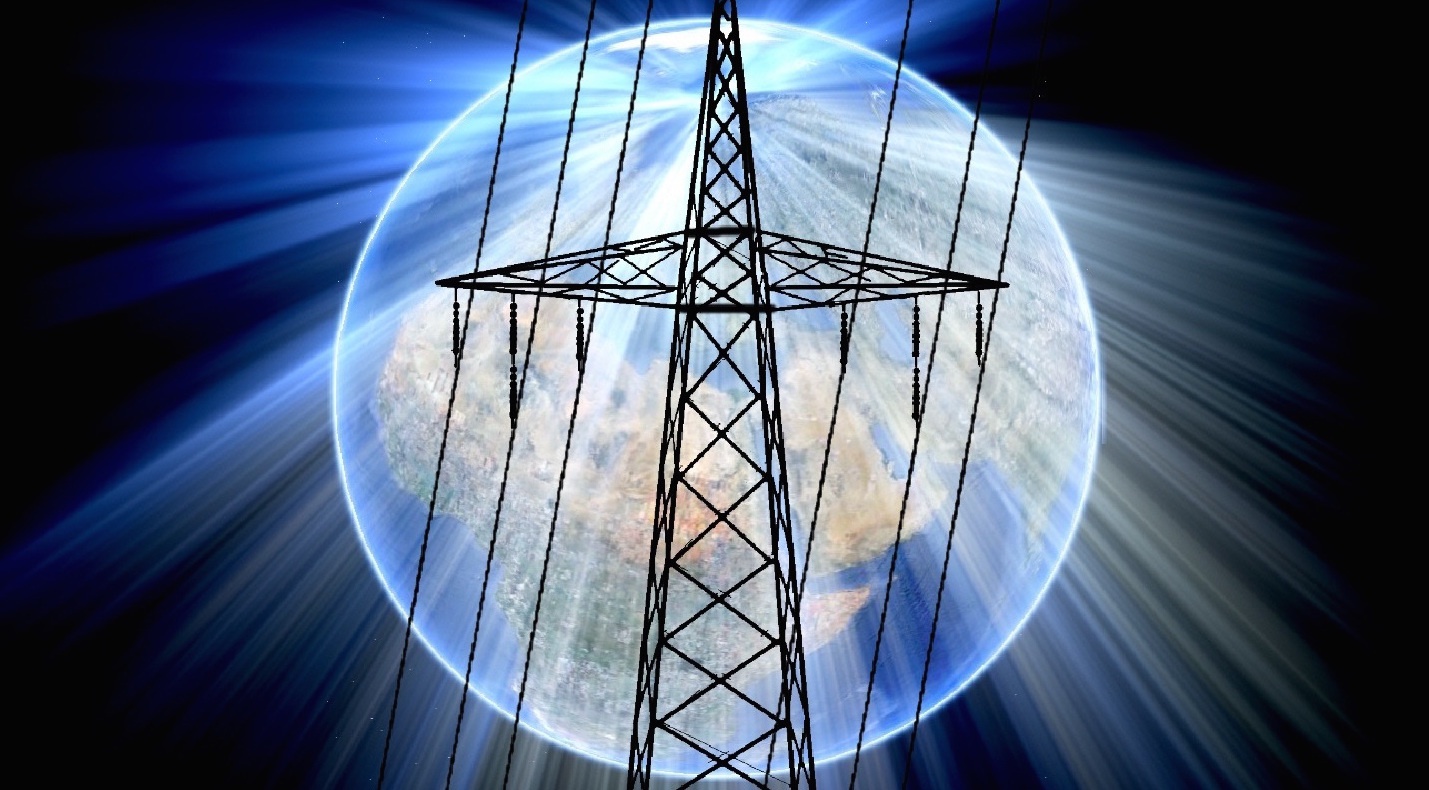
Amid Snowzilla’s winter of discontent, on Monday the Supreme Court ruled on EPSA v. FERC, a case that had the power to define the future of the demand response market. In a big win for advanced energy, the court ruled that the Federal Energy Regulatory Commission’s (FERC’s) Order 745, which gives FERC rulemaking authority over both traditional electricity generators and demand response providers in wholesale power markets, would stay in place. Call it a tale of two electricities.
The competitive electricity market is a vast and complex system, governed by several different entities, both public and private, for profit and not for profit. As Chris Mooney points out in The Washington Post, the decision actually clarifies the market. “The Supreme Court’s majority opinion thus not only rules that FERC was within its powers to empower demand response in these obscure but crucial markets,” Mooney wrote. “It also does a masterful job explaining how all of this works and why we should care about it.” At issue is demand response.
In short, as industry leader and AEE member EnerNOC explains, demand response “pays large energy consumers (universities, manufacturers, large office buildings, etc.) to reduce energy use during times of peak demand.” This large-scale management of resources saves money for both the consumers of electricity as well as utilities: asking people to cut energy use during peak demand is much cheaper than building a new power plant to have in reserve for only the hottest days.
A good case for demand response is its usefulness under extreme weather conditions, which, on Monday, the Supreme Court (and surrounding mid-Atlantic region) was experiencing. Although Snowzilla didn’t put as great a strain on the grid as 2013’s heat dome, utilities still prepared for the “potentially crippling” storm, and several thousand in the region did indeed lose power. In many cases, demand response has helped to keep the lights on during extreme weather conditions, when the grid is operating at nearly full capacity, as in the polar vortex of 2014.
As David Roberts wrote for Vox this week, the companies that organize demand response reductions during peak hours are a lot like power generators, “only they sell not-power,” or “negawatts,” as some have termed it. Under George W. Bush in 2008, FERC instituted order 719, which instructed regional transmission organizations (RTOs, which manage the grid in restructured power markets) to treat a megawatt of avoided energy use the same as a megawatt. Under then-Chair Jon Wellinghoff, FERC prioritized demand response even further. In 2011, FERC finalized Order 745, which instructed RTOs to compensate avoided energy at the same rate as spent energy, or negawatts equal megawatts in terms of dollars.
The Electric Power Supply Association (EPSA), representing power plant operators, contended that FERC’s authority begins and ends with wholesale power markets, and that by meddling in demand response the entity was involved in retail electricity – outside its jurisdiction – and took FERC to court.
Last year, AEE hosted a webinar featuring a candid interview with Wellinghoff, when he predicted – accurately, it turns out – that FERC would “win hands down” based on statutory authority and administrative precedent. He argued that demand response is “in no way a retail product” and instead “the glue that holds the grid together.” Click the button below to watch the recorded webinar with Wellinghoff.
So, is the exchange rate of negawatt to megawatt really one-to-one? According to “Peak Demand Reduction Strategy,” a report AEE released late last year, it’s often even better. For every dollar spent reducing peak demand, Massachusetts experienced a savings of $3.26 and Illinois a savings of $2.62. With the Supremes settling the legalities, more states should look to cash in.
“Now is the time for the states to act by setting their own peak demand reduction targets that will further add benefits to utilities and ratepayers as a result of DR’s participation in the wholesale market,” AEE’s Senior Director of State Policy, J.R. Tolbert, said in an interview with Energy Manager Today.
Despite the snow, things seem to be heating up in Washington, D.C. The Senate took up debate on the first broad energy legislation since 2007 on Thursday.
Late last week, the D.C. Circuit Court of Appeals denied a stay on the EPA Clean Power Plan. The petitioners plan to take their case to the Supreme Court, but it remains to be seen whether the court will hear it. For now, progress on implementing the Clean Power Plan will continue while the legal case proceeds.
Meanwhile, our own Arvin Ganesan gave some insight this week in a post on Bloomberg Government about the most important aspect of EPA’s Clean Power Plan (CPP) that few have noticed: allocation of emissions allowances. To keep up-to-date on these and other developments in advanced energy, subscribe to AEE Weekly.

